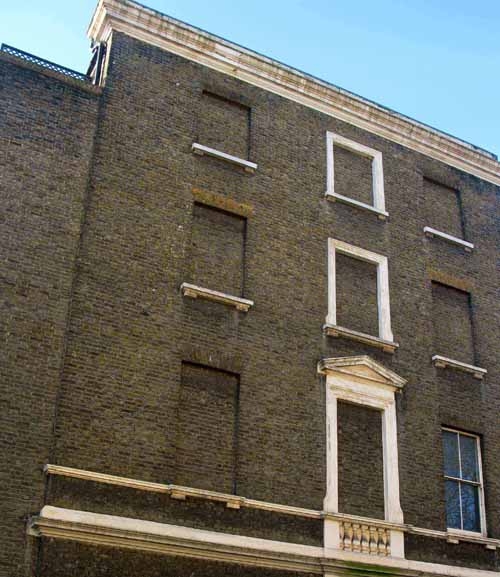Tax something, you get less of it. Policymakers have always known that
Last week I wrote about how cutting tax rates can increase tax revenues, exploring the example of the 1920s, when exactly that happened.
But many people struggle to accept this. Surely, they think, if you increase the tax rate, then tax revenues will increase proportionately. And, vice versa, if you decrease the tax rate, then tax revenues will decrease proportionately.
Incentives matter (and they always have)
What this thinking ignores is people’s responses to incentives. Whether it’s schoolteachers, realtors, crack dealers, sumo wrestlers, or bagel sellers (all entertainingly explained in the bestselling Freakonomics), incentives inform people’s decision making.
None of this is controversial. Indeed, it is a basic staple of taxation. Governments tax things like cigarettes and alcohol because they want people to smoke and drink less. If they want people to do more of something, like building solar power plants, they subsidize it (taxation in reverse). Indeed, Governor Mark Dayton is currently protesting a freeze in cigarette tax rates because he thinks higher rates will discourage smoking.
Neither is this new. In 1698, Russia’s Tsar Peter the Great wanted to bring his country into line with western European mores, which he believed were more progressive. This included facial hair. Beards were in in Russia, while the British and French preferred to be clean shaven. So, Peter introduced a tax on beards to encourage people to shave. The tax levied depended upon the status of the bearded man. Those associated with the Imperial Court, military, or government were charged 60 rubles annually. Wealthy merchants were charged 100 rubles per year, while other merchants and townsfolk were charged 60 rubles per year. Muscovites were charged 30 rubles per year. Even peasants were charged two half-kopeks every time they entered a city. To enforce the tax, the police were authorized to forcibly and publicly shave those who refused to pay.

A Russian in arrears on his beard tax
And changes in incentives change people’s behavior. When Minnesota raised its cigarette tax rates, smokers brought their cigarette purchases forward to avoid the tax. Others went and bought them somewhere with lower tax rates.
Again, this is not a new discovery. In 1696, to fund its wars with Louis XIV, the British Parliament passed the Window Tax. As a proxy for wealth, the tax was payable according to the number of windows in a property. As well as a flat-rate house tax of 2 shillings per house (equivalent to $19.25 in 2015), there was a variable tax for the number of windows above ten in the house. Properties with between ten and twenty windows paid an extra four shillings (equivalent to $38.52 in 2015), and those above twenty windows paid an extra eight shillings (equivalent to $77.04 in 2015). One result was that windows were bricked up in properties around Britain. Indeed, look up when walking past a Georgian house in London today and you can still see the effects of Window Tax avoidance in brick and mortar (The tax remained in place until 1851).

Incentives in action
Lessons from history
We can take two important things from this.
First, it is widely accepted among fiscal policymakers, and has been for centuries, that taxes act as a negative incentive on whatever it is that is being taxed. Indeed, policymakers have used this insight to pursue given policy ends and they continue to do so.
Second, evidence bears this out, whether it is tax income tax in 1920s America or the Window Tax in Hanoverian Britain. People do respond to incentives.
Policymakers not only accept this logic, they rely on it in some cases. Yet, in others, they discard it and assume that there is no negative incentive attached to taxation. They claim that they can raise tax rates with no adverse effect on the thing being taxed. We’ll look at this more tomorrow.
John Phelan is an economist at Center of the American Experiment.